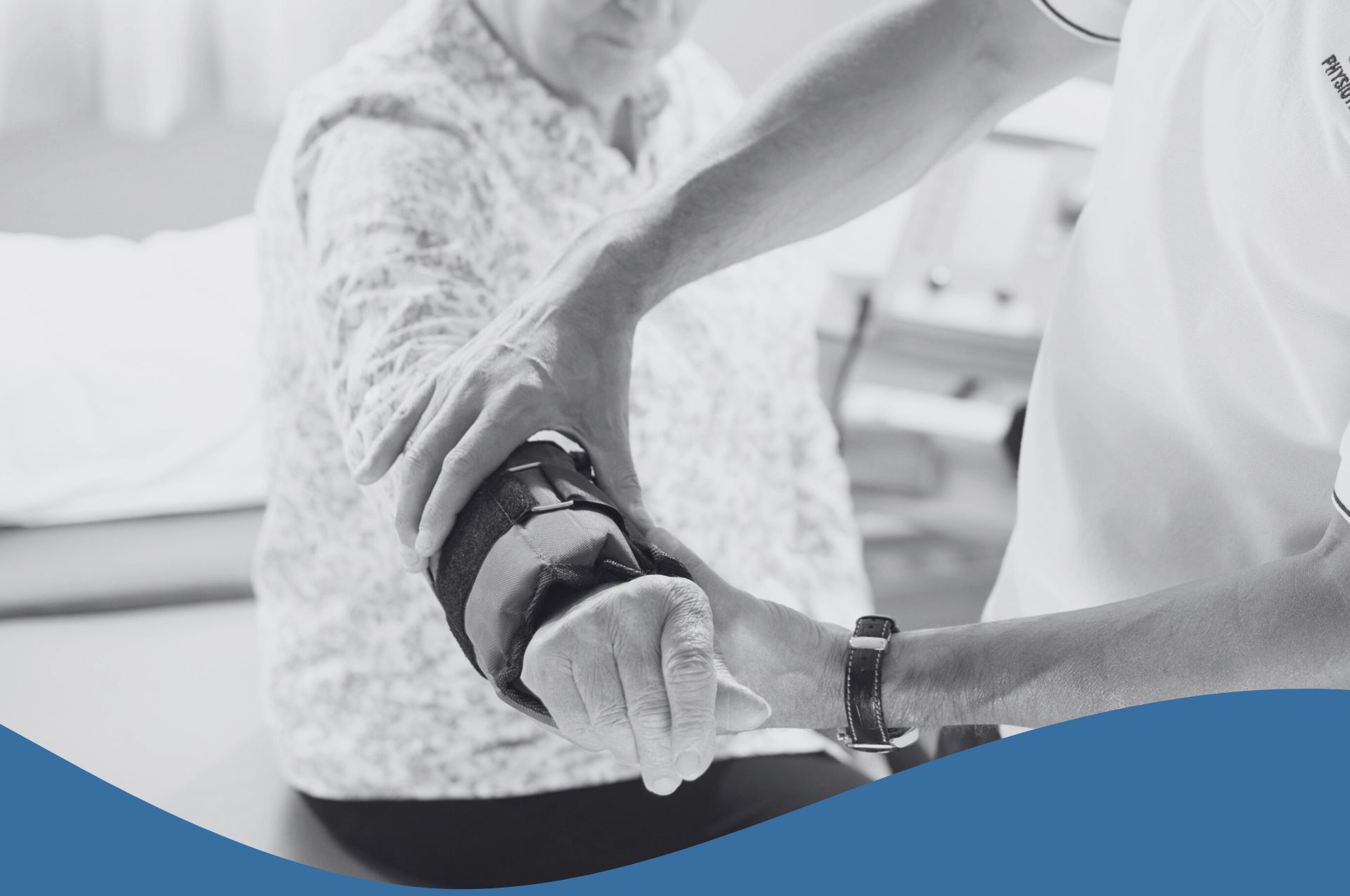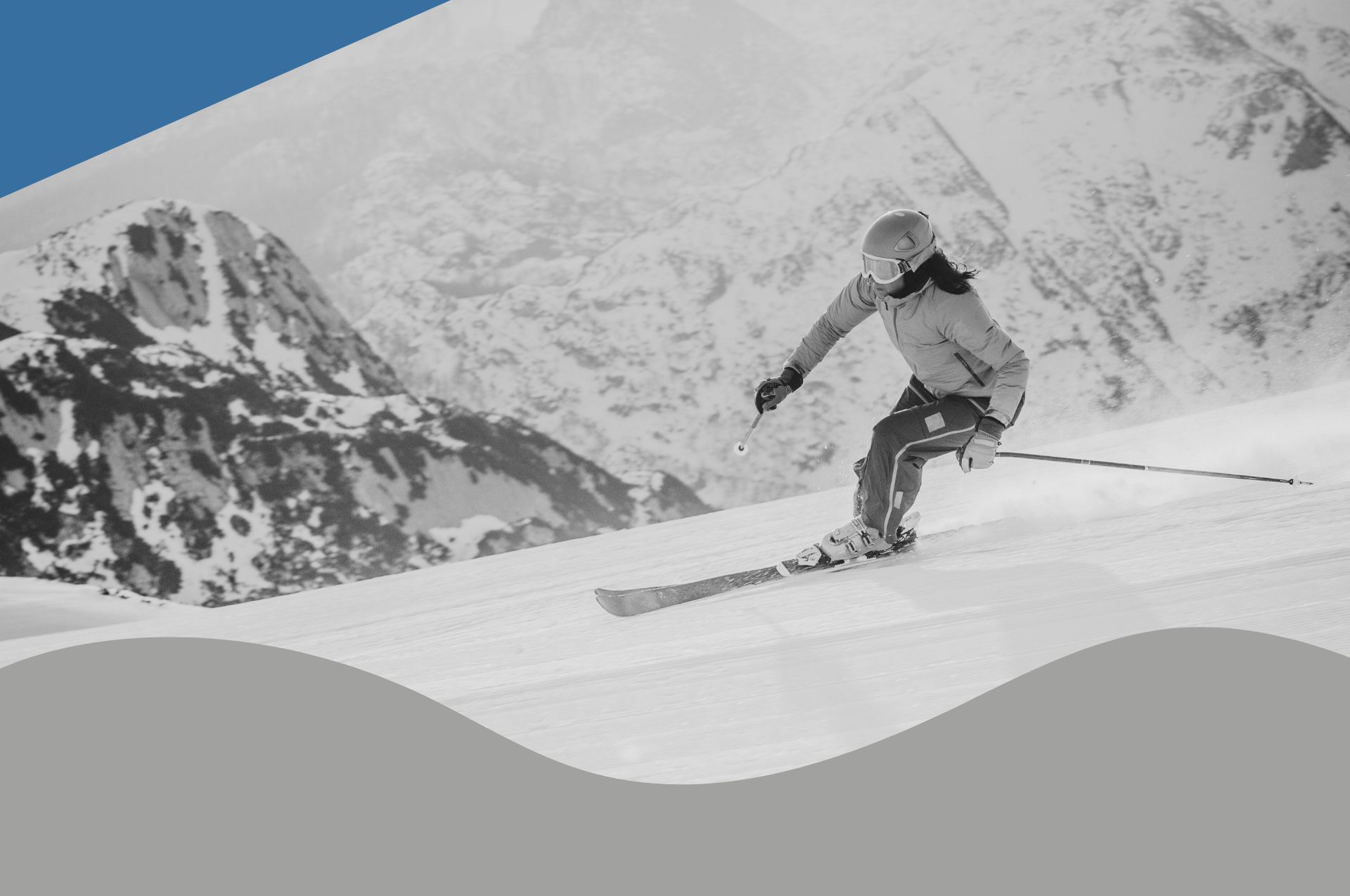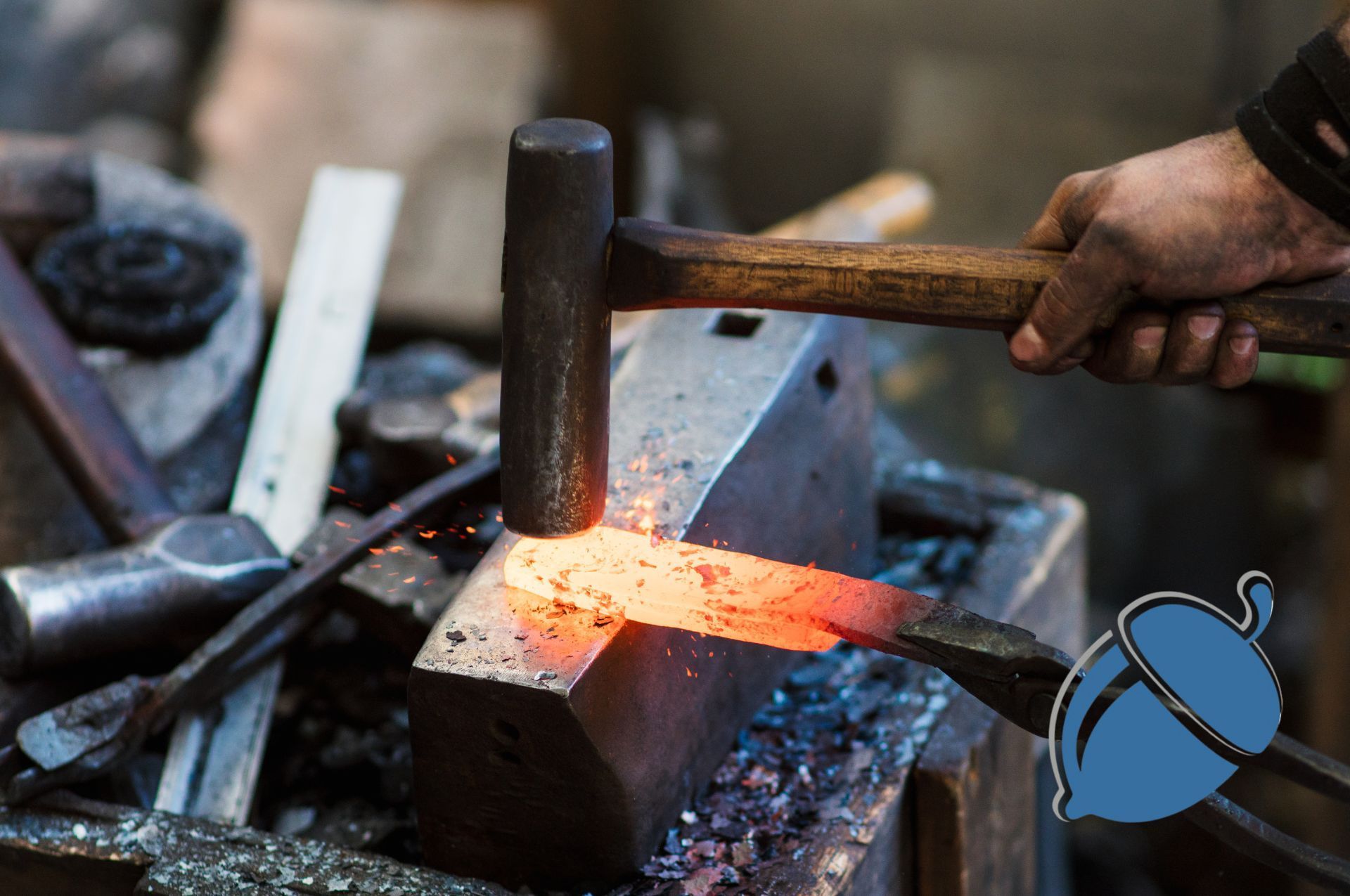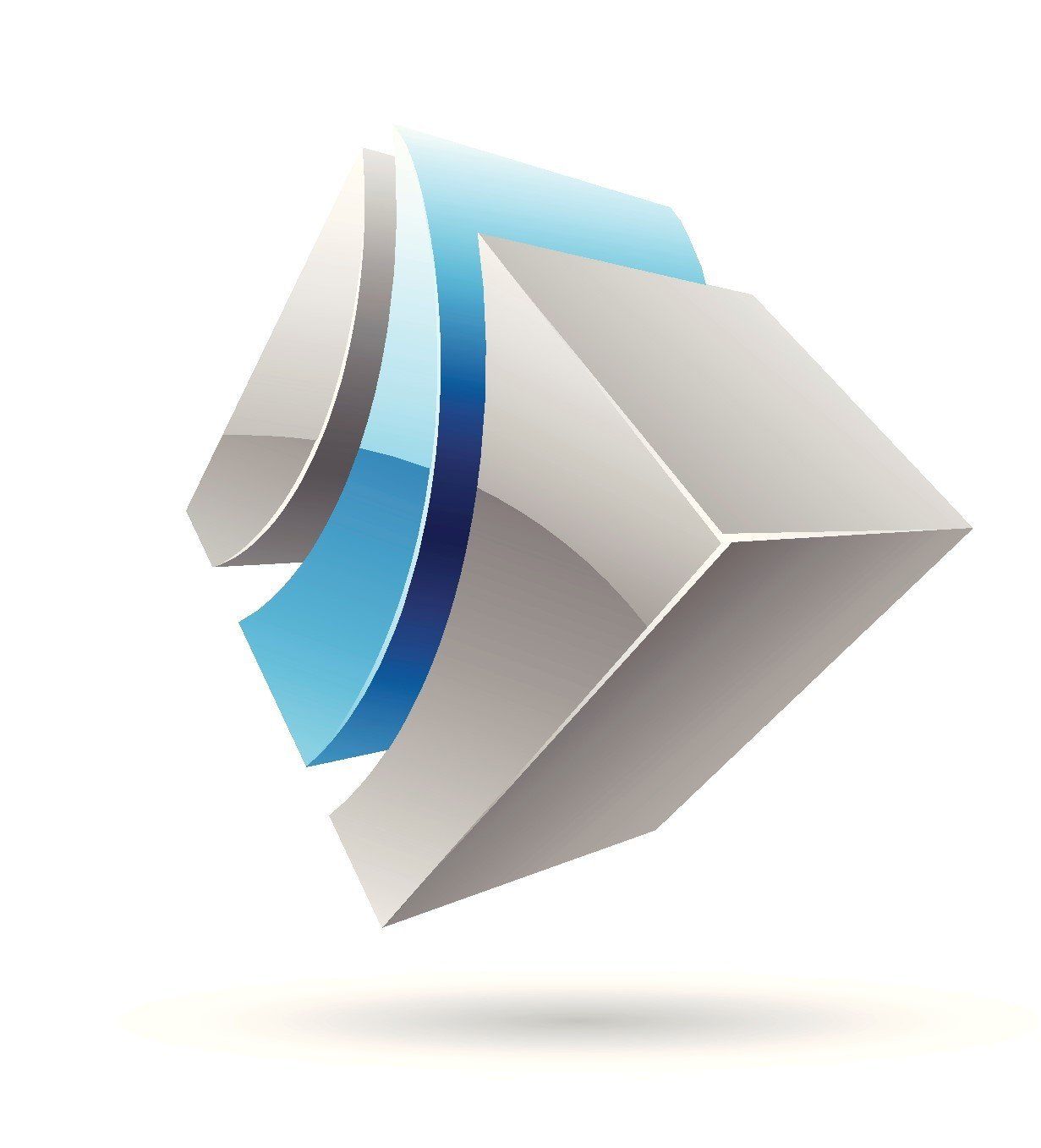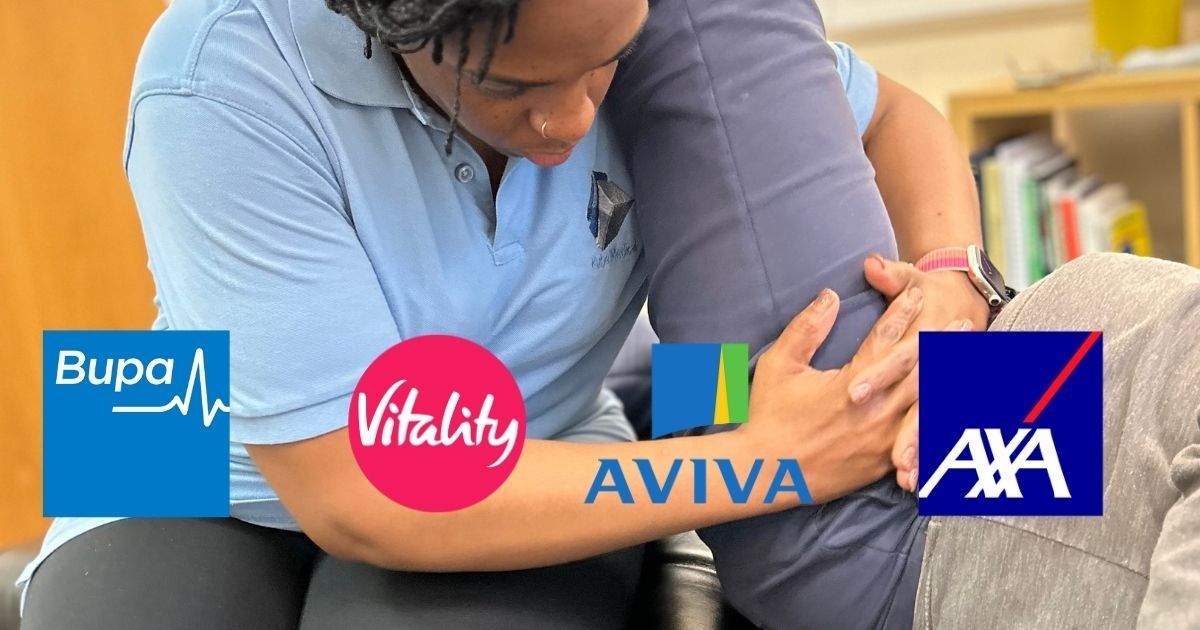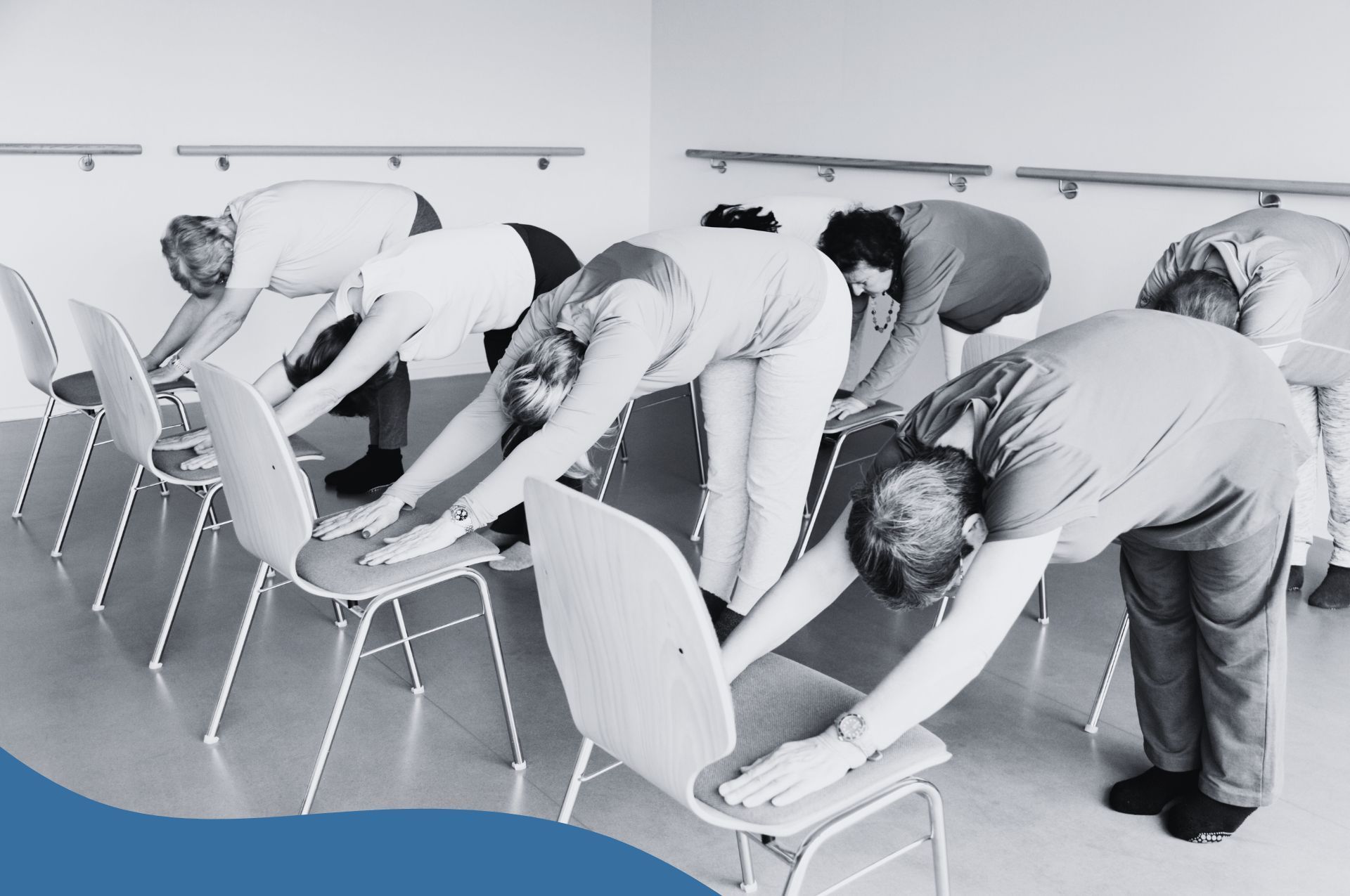Rehabilitation for ACJ Injuries
The acromioclavicular (AC) joint is located where the clavicle (collarbone) meets the acromion (shoulder blade). Injuries to the AC joint are common, especially among athletes and those who engage in physical labour. AC joint injuries range in severity from mild to severe, and the treatment approach will depend on the extent of the injury.
Rehabilitation of an AC joint injury is an important component of the overall treatment plan. The goal of rehabilitation is to restore function, reduce pain, and prevent the risk of reinjury. The rehabilitation process typically involves a combination of physical therapy exercises, manual therapy techniques, and activity modification.
The first step in the rehabilitation process is to manage pain and inflammation. Rest, ice, compression, and elevation (RICE) are typically recommended in the acute phase of the injury. Anti-inflammatory medications may also be prescribed to help manage pain and reduce swelling.
Laser Therapy
Laser therapy, also known as low-level laser therapy (LLLT), has been shown to be effective in treating a variety of musculoskeletal injuries, including acute injuries. Here are some ways in which laser therapy can help an acute injury:
- Reducing inflammation: Laser therapy has been shown to reduce inflammation, which is a common response to an acute injury. By reducing inflammation, laser therapy can help to reduce swelling and pain in the affected area. This can help to speed up the healing process, allowing the injured tissue to recover more quickly.
- Stimulating tissue repair: Laser therapy can also stimulate tissue repair by promoting the production of collagen and other growth factors. This can help to speed up the healing process and promote the formation of new, healthy tissue.
- Increasing circulation: Laser therapy has been shown to increase circulation, which can help to improve the delivery of nutrients and oxygen to the injured area. This can help to speed up the healing process and reduce pain and swelling.
- Pain relief: Laser therapy has been shown to be effective in reducing pain, which is a common symptom of an acute injury. By reducing pain, laser therapy can help to improve mobility and function, allowing the injured tissue to heal more quickly.
- Non-invasive: Laser therapy is a non-invasive treatment, which means that it does not require surgery or injections. This can be particularly beneficial for patients with acute injuries, as it can help to reduce the risk of complications and speed up the recovery process.
Taping
Taping is a common treatment method for ACJ injuries. The aim of taping is to provide support to the joint, reduce pain and inflammation, and prevent further damage to the joint. The taping technique used for ACJ injuries is commonly known as kinesiology taping or kinesio taping.
Kinesiology tape is an elastic tape that is designed to mimic the properties of human skin. The tape is made from cotton fibres with an acrylic adhesive that is designed to stretch and move with the body. This allows the tape to provide support to the joint while still allowing for full range of motion.
One of the main benefits of kinesiology taping for ACJ injuries is its ability to provide support to the joint without restricting movement. This is particularly important for athletes who need to maintain their range of motion in order to perform at their best. Kinesiology taping can also help to reduce pain and inflammation by improving circulation and lymphatic drainage in the affected area.
Rehabilitation
Once pain and inflammation are under control, the focus of
rehabilitation shifts to restoring range of motion and strength. Physical therapy exercises are an important component of this phase of rehabilitation. The specific exercises prescribed will depend on the severity of the injury, but may include:
- Pendulum exercises: These gentle, swinging movements help to improve range of motion and reduce pain in the shoulder.
- Rotator cuff exercises: The rotator cuff muscles are responsible for stabilising the shoulder joint. Strengthening these muscles can help to improve shoulder function and reduce the risk of reinjury.
- Scapular stabilisation exercises: These exercises target the muscles that support the scapula (shoulder blade). Strengthening these muscles can help to improve shoulder stability and reduce the risk of reinjury.
- Shoulder flexion and abduction exercises: These exercises involve raising the arm forward and to the side. They help to improve shoulder strength and range of motion.
In addition to physical therapy exercises, manual therapy techniques may also be used to help restore range of motion and reduce pain. These techniques may include joint mobilisation, soft tissue mobilisation, and myofascial release.
As rehabilitation progresses, the focus shifts to restoring function and preventing reinjury. This may involve sports-specific training for athletes or modifications to daily activities for those with occupational injuries. For example, an athlete with an AC joint injury may gradually return to their sport through a structured rehabilitation program that includes sport-specific exercises, drills, and conditioning. Someone with an occupational injury may need to modify their work activities or use assistive devices to reduce the risk of reinjury.
It's important to note that rehabilitation is not a one-size-fits-all approach. The specific rehabilitation plan will depend on the individual and the extent of their injury. A physical therapist or other healthcare professional will work with the individual to develop a customised rehabilitation plan that meets their specific needs.
In some cases, surgery may be necessary to treat a severe AC joint injury. Rehabilitation after surgery will typically involve a longer recovery period and a more structured rehabilitation program. It's important to follow the post-operative rehabilitation plan closely to ensure a successful recovery.
In conclusion, rehabilitation of an AC joint injury is an important component of the overall treatment plan. The goal of rehabilitation is to restore function, reduce pain, and prevent the risk of reinjury. The rehabilitation process typically involves a combination of physical therapy exercises, manual therapy techniques, and activity modification. It's important to work closely with a healthcare professional to develop a customised rehabilitation plan that meets the individual's specific needs. With proper rehabilitation, most individuals with an AC joint injury can expect to return to their pre-injury level of function.
